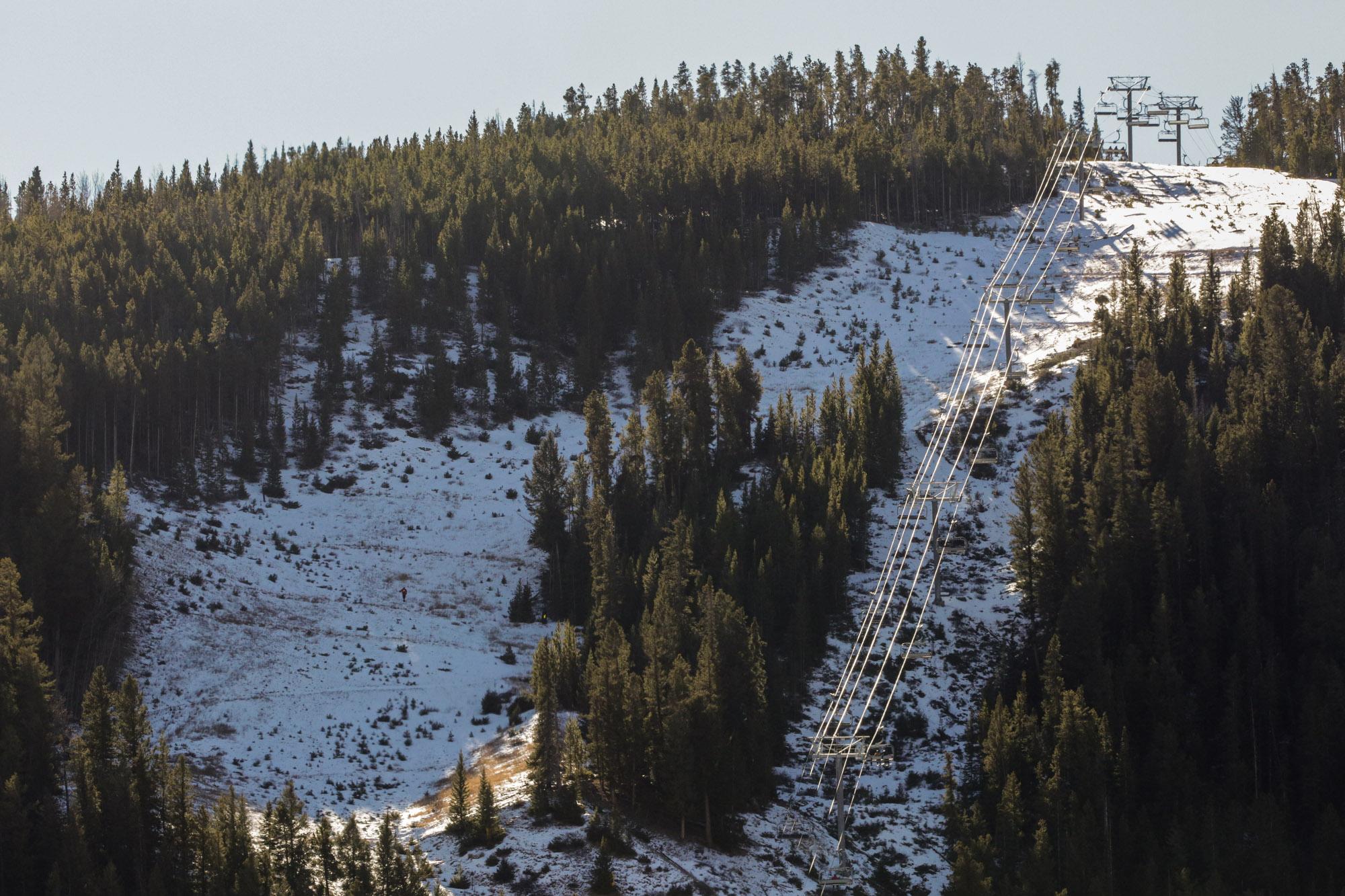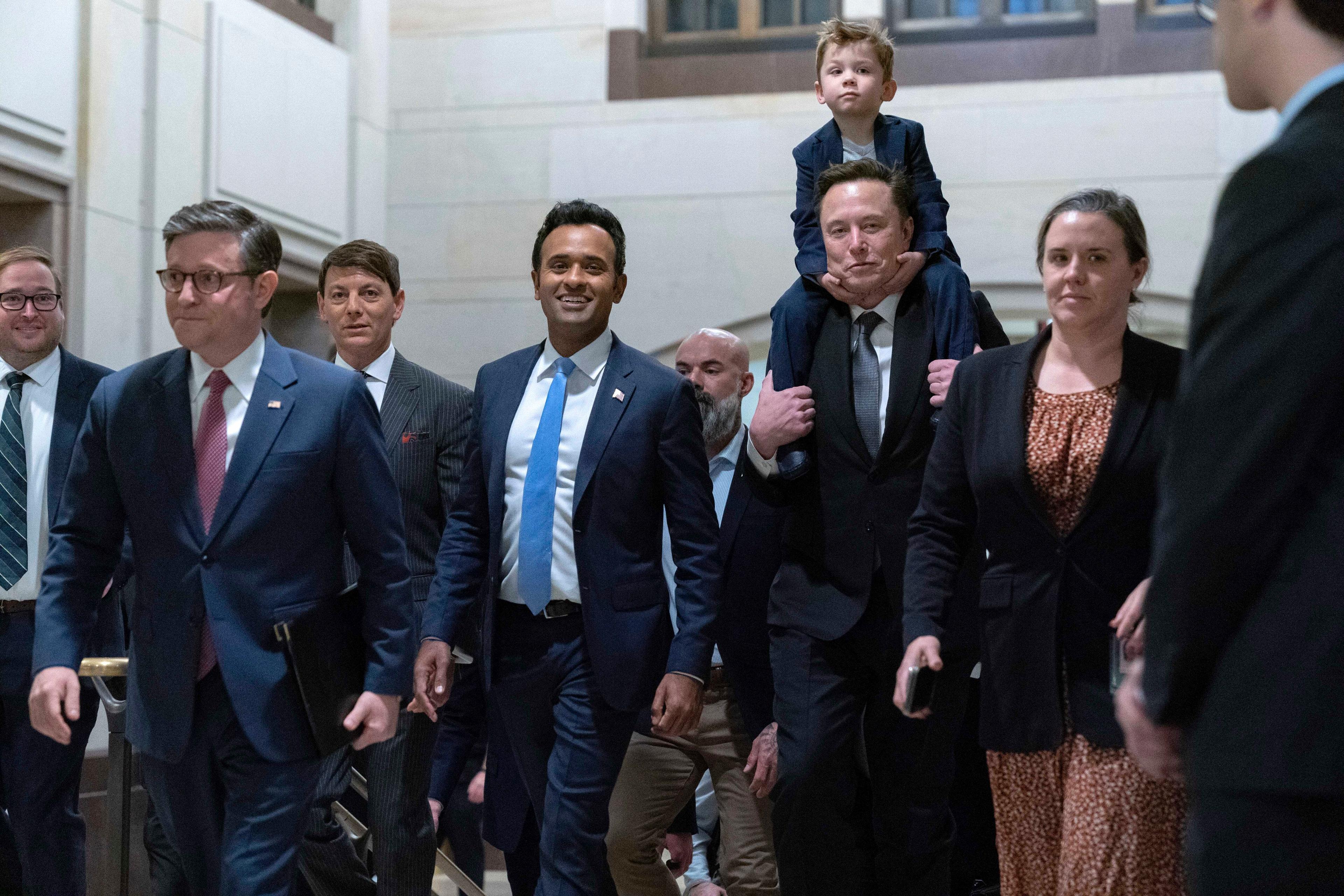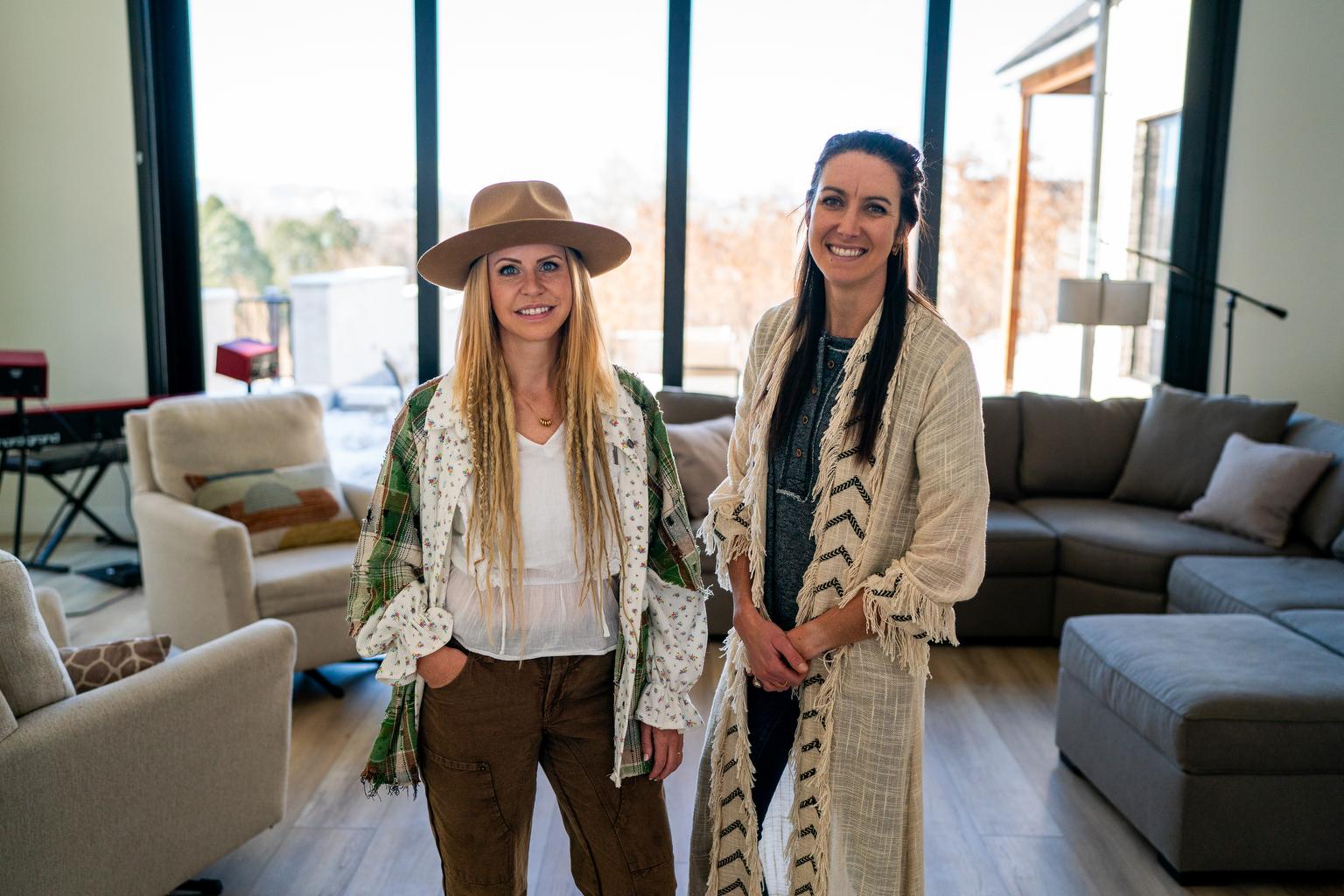
History Colorado has its eyes on the horizon after some tumultuous times. The steward of the state's legacy pulled itself back from the brink of insolvency by means of reinvention: new management and a new approach to exhibitions, all with more help from taxpayers.
It’s a transformation that began with a 2014 legislative audit that uncovered mismanagement and structural financial problems that threatened ruin. Lawmakers intervened to restructure the funding that History Colorado derives from state gambling revenue.
Leadership resigned and Gov. Hickenlooper appointed several new members to a reconfigured board. Steve Turner was appointed interim director before getting the job permanently in 2016.They also downsized in late 2015, shaving away 20 percent of the staff. Since then, in the last two years, nearly half of the staff has turned over, draining away decades of institutional knowledge. For the employees who remain, a recent internal survey shows more than half of staff do not have confidence in the organization’s leadership.
Now, the nonprofit is trying to move forward. Executive Director Steve Turner said History Colorado is in a better, more financially stable place.
“So what we’re really focusing on now is the programs and the exhibits that are really at the core of who we are, because I think it was pretty much the feeling of the board that we’d gotten away from our core mission,” Turner said.
A current baseball exhibit in honor of the 25th anniversary of the Rockies is an example of that changed strategy. Turner emphasized that before he came on as executive director, what he called the “traditional history museum visitor” felt disconnected from History Colorado.
“So we want to talk about Colorado history, utilize our extraordinarily rich collection and try to really re-connect with people in a broader way,” he said.
Gone are the days of pricey traveling exhibits, for which Turner said the museum enjoyed little return on investment. Stagnant visitor numbers do show signs of turning around, but margins are so tight that History Colorado has needed more state funds in the last two years than it’s needed in the prior 15.
Leaders have been increasingly looking at event rentals as a way to bring in more revenue. They hope upcoming exhibits, some with a more adult focus like beer or marijuana, will bring new faces through the door. Westword editor Patty Calhoun praised museum leadership for leaving behind exhibits she called “Disneyfied.”
Turner wants to be clear that the museum’s family-friendly offerings are not going away. A new exhibit Turner is particularly excited for, LEGOrado, is a collection of Colorado places and scenes the museum describes as “both factful and fanciful.”
A big dose of reality also explains these changes. As the legislature’s Joint Budget Committee put it in a 2016 document: “[T]he institution’s smaller operating budget leaves little space for new initiatives.”

Adjusting The Purse Strings
Much of History Colorado’s operating budget comes from limited gaming revenue. A large chunk of the money is reserved for historic preservation grants. The other portion keeps the lights on and the paychecks coming. But because of changes in how gaming revenue is taxed, as well as changes to how that money is divvied up, there are now fewer dollars in that fund for History Colorado.
That’s why the organization has been making more requests of the state piggy bank.
Prior to 2017, lawmakers had not infused the organization with extra taxpayer dollars since 2003. The legislature agreed to an eight-year $1.5 million investment in History Colorado’s eight community museums. It more than doubles the usual appropriation of gaming revenue for the El Pueblo History Museum, the Fort Garland Museum, the Ute Indian Museum and others.
In 2018, History Colorado returned to the legislature to request relief from state IT fees — to the tune of little more than $112,000. Their argument is that the IT fees vary from year to year, and relief is needed to account for unpredictable expenses. The ask shows how tenuous their recovery is: an organization with a roughly $14 million annual budget is worried about covering fees that constitute less than one percent of that total.
Even the shiny new History Colorado Center on Broadway in Denver, which opened in 2012, has become part of the organization’s headaches. It never quite delivered on the rosy promise of bolstered visitorship, and subsequently, bolstered revenue. Now, the lease-purchase payments on the building — more than $3 million annually — take up more than a third of the budget. Those payments are scheduled to climb in the coming decades, with an increase of a half million dollars arriving in July 2021.
Money problems aren’t new to cultural nonprofits. Nationally, history museums in particular have been rethinking their approaches. Bethany Hawkins, chief of operations for the American Association for State and Local History, said history museums have to focus on history closer to home in order to get people through the door. Larger national history museums have seen a bit of a slump in visitation in recent years, she said, while smaller local museums — History Colorado’s peers — have kept visitation steady by focusing on local stories.
“First, they must decide who their community is. Then, they must develop relationships with those communities who are new,” said Hawkins, pointing to the Minnesota Historical Society’s outreach to their local Hmong community as an example. “Finally, they need to work with those communities to develop exhibits, programming, and outreach. That is how history museums will remain relevant.”
Another tactic is to focus on the past through the lens of today’s issues.
“Organizations must make history relevant for their audiences in order to survive in a world where the past is not always valued,” she said.
Before the 2014 crisis, previous History Colorado leaders attempted to achieve that goal with challenging exhibits around homelessness, the Chicano movement and race. The race exhibit in particular, a traveling exhibit, won national recognition from Hawkins’ group. AALSH noted that it brought in “a notably more diverse population. Many visitors had never been to the center before, and left with changed ideas of what a museum could do in their community.”

Employee Morale Has Suffered
Turnover has continued since the 2015 layoffs. Since the start of 2016, official records indicate that 44 employees have left History Colorado in less than two years out of a staff of just over 100. The rate has been so high, some employees quietly maintained a tally of those who have left, which they shared with CPR News.
There are other indications of suffering morale. According to board meeting documents and Joint Budget Committee briefings, some employees have only received a raise twice in nearly a decade. The recent survey conducted by the state of Colorado showed more than half of employees did not have trust or confidence in History Colorado leadership and did not feel leaders gave staff a clear picture of History Colorado’s direction. A similar amount felt the museum was understaffed.
Turner, however, is undaunted by those figures.
“I'm told frequently how people really enjoy working here,” he said. “They feel much more comfortable in the direction that we're going and that in the past it wasn't quite so clear.”
History Colorado was holding “listening sessions” with the staff to address problems raised in the survey, said the nonprofit’s leader. When it comes to the turnover, which Turner insisted is no more than normal, he said only a small handful of people have left because they disagree with his vision for History Colorado.
“We've been going through a lot of change, and change is hard. Some people can adapt, and some people sometimes the change is just too hard, and they decide that they want to take other opportunities,” Turner said.
CPR News spoke with more than 10 current and former staff members, none of whom would go on the record for fear of harming their career prospects in the tight-knit museum world. On the whole, they were largely unhappy with the new direction of History Colorado, feeling that exhibits were no longer rigorous enough, and were no longer being developed with as much community input as before.
Nearly everyone interviewed said the workplace culture had become deeply negative, with many placing the blame at Turner’s feet. They characterized Turner as having a volatile temper, prone to outbursts primarily directed at subordinates. When asked about the assertions of the interviewees, Turner denied the claims.
Turner’s state personnel file was obtained through a open records request. In it, there were notes on an interaction between Turner and another staff member whose name was redacted by History Colorado. The staff member in question described a meeting in summer 2017 where Turner lost his temper and “was yelling at me to the point that my colleagues heard him through his office door. At two points, he had his hands in white knuckled fists and was shaking with rage.”
The staff member ended the note saying they felt unsafe around Turner and refused to be in a meeting alone with him again.
Turner declined to address the specifics of that meeting.
Looking Ahead
History Colorado’s leadership is now working to update the nonprofit’s mission statement. After all the focus on bringing the organization back from the financial brink, 2018 is Turner’s most ambitious year of exhibits so far. And he’s determined to make his mark, even as he acknowledges he may step on some toes along the way.
“What I will say I am, I'm passionate. I'm passionate about us doing a good job here, and I'm passionate about us doing a good job for the citizens of Colorado,” he said. “I believe that the fact that the state invests $20 million in this organization, both in our grants program and in our operations, that the state deserves a return for that investment, and that we need to be providing the very best experience and the best customer service that we can. Not everyone shares that passion.”









